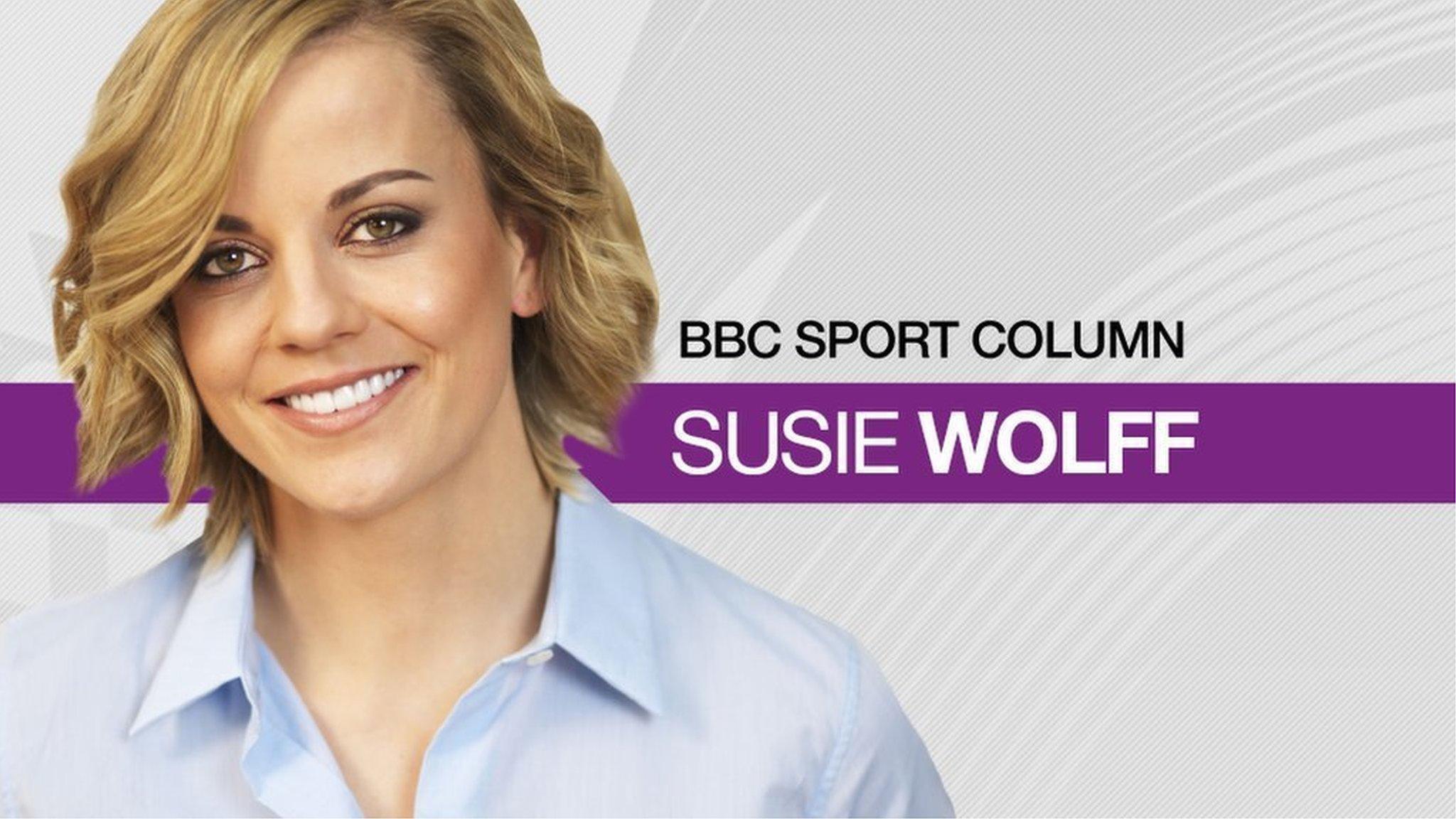Japanese Grand Prix: Why Suzuka is a challenge from start to finish
- Published
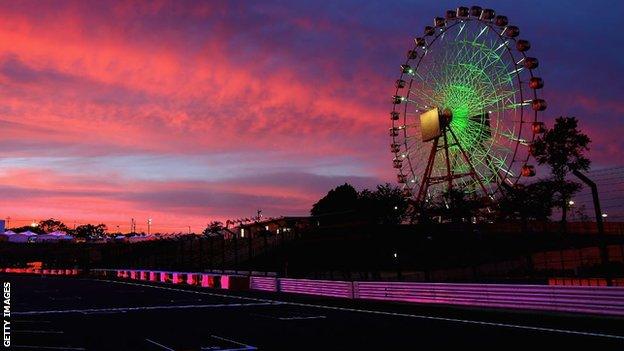
The Japanese Grand Prix is live across the BBC Sport website, Radio 5 live and sports extra
Suzuka. Just the name resonates, evoking memories of drama, bravery and tragedy.
Ayrton Senna at his best - winning the race and title with one of his greatest races after dropping to 14th on the opening lap in 1988.
And at his worst two years later - deliberately crashing into Alain Prost at 160mph to secure his second crown.
Michael Schumacher also had defining races on the Japanese circuit - so too did his rivals in various title fights, Damon Hill, Mika Hakkinen, Kimi Raikkonen and Fernando Alonso.
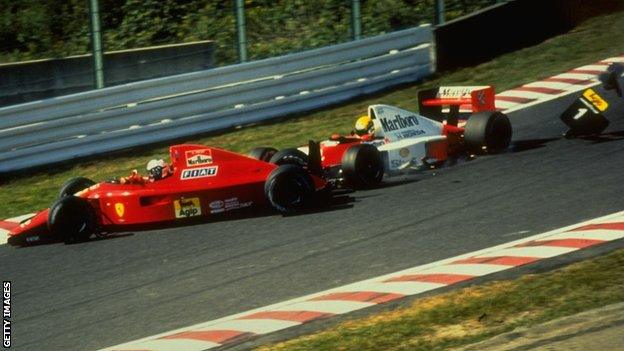
Suzuka was the setting of the infamous crash between Ayrton Senna and Alain Prost (front). The incident handed the world title to Senna in 1990
What they all achieved at this place is heightened by the context. These were not just great battles between great drivers; they were held on a great circuit, one that tested them to their limits and brought out the best in them.
A case can be made for either Suzuka or Spa as the greatest test of a driver's skills on the F1 calendar, which only goes to show how good the home of the Japanese Grand Prix is.
The celebrated circuit designer John Hugenholtz is responsible for a number of famous race tracks, but he excelled himself with this marvellous ribbon of asphalt - five hours south of Tokyo in the middle of the never-ending urban sprawl that characterises the eastern coastal strip of Japan's Honshu island.
It is a challenge from the beginning to the end of the lap.
From the 150mph first corner for which drivers have to brake while turning into the tricky, much slower second, before entering the magnificent S-bends - arguably the toughest section of race track on the planet.
These end with the fast, uphill Dunlop turn, before the ultra-tricky Degners - the first a quick, right-hand flick coming up faster than expected; the second is much tighter immediately afterwards. A crash here over the weekend is all but guaranteed.
The hairpin is made difficult by the right-hand flick that precedes it, where Daniil Kvyat misjudged his line last year in qualifying and rolled.
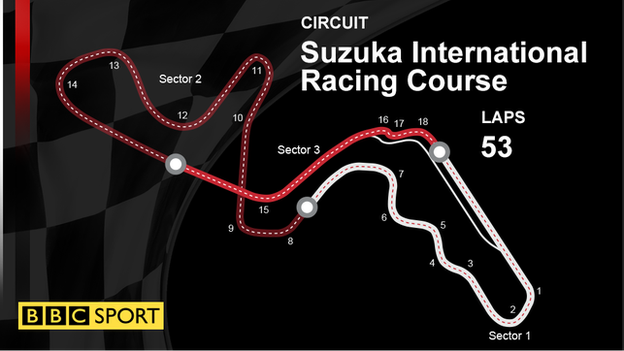
Then a long, curling "straight" down to Spoon, a fiendishly difficult double left, where the track falls away and it is all too easy to go off.
Another straight and then 130R - eased since Allan McNish had his monster accident there in qualifying in 2002, but still driven flat out at 200mph and able to catch out the unwary.
Even the looping right-hander that brings the cars back on to the pit straight after the chicane is harder than it looks - as Daniel Ricciardo found out when he crashed there in qualifying in 2014.
If you have a racing soul, you could watch Formula 1 cars at Suzuka all day - but the experience is about so much more than the track.
It is situated in a theme park and the fans are madly enthusiastic - they will pack the grandstands on the pit straight even on Thursday when there is no action to see, just cars visible in their garages and the occasional driver wandering about 100 metres or so away.
And then there is Japan itself - its marvellous other-worldliness always fascinating, always surprising.
There is just nothing like it.
Andrew Benson, chief Formula 1 writer
Bravery
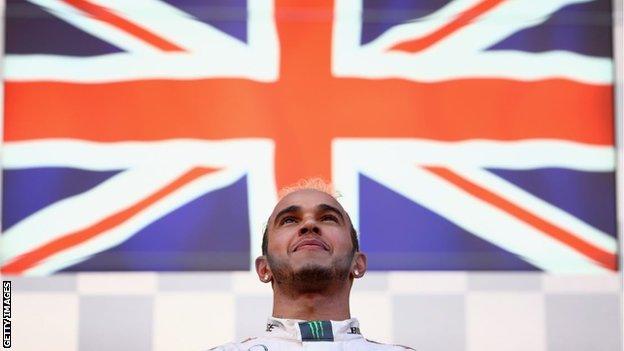
Britain's Lewis Hamilton has won the past two races at Suzuka
Drama
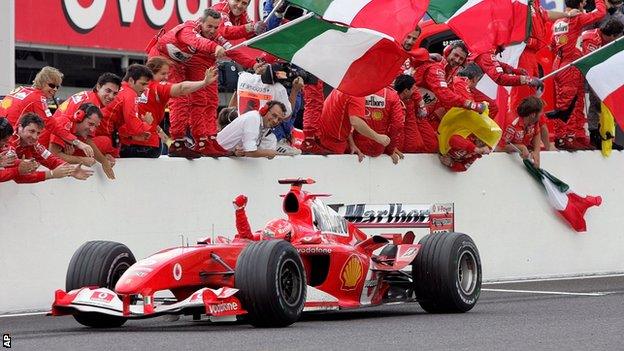
Ferrari have won the race seven times - but not since Michael Schumacher's victory 12 years ago
Tragedy
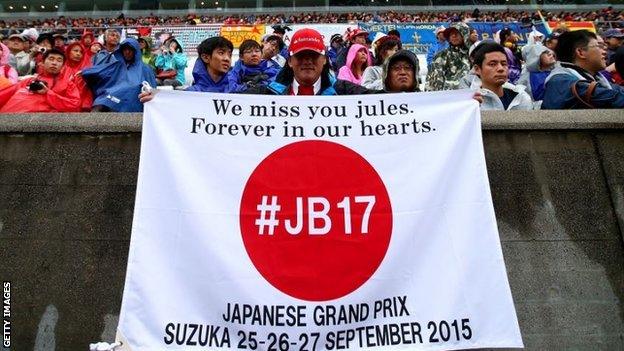
The 2015 race was an emotional occasion. Marussia's Jules Bianchi crashed into a support tractor in 2014 and died from his injuries nine months later.
Wildlife

Japanese macaques, also known as snow monkeys, love nothing more than chilling out in hot springs
Drivers soak it up

Haas' moody lead man Romain Grosjean captured the sheer size of Toyko - the world's most populous city with 37.8 million people in the Greater Tokyo Area...
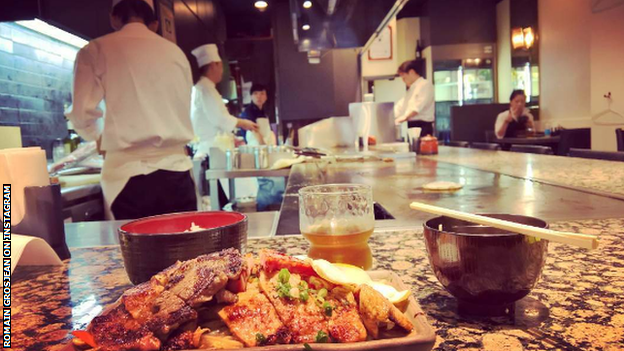
...and then he had dinner...
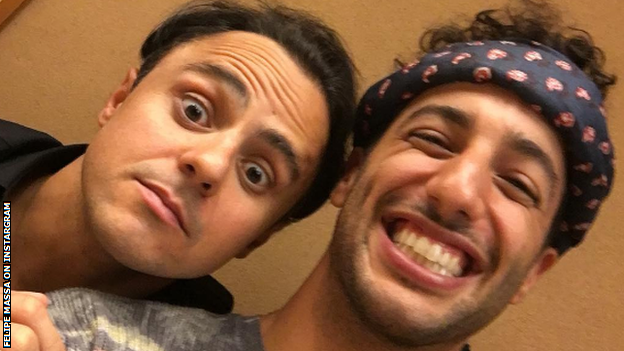
...as Williams' Felipe Massa and Red Bull's Daniel Ricciardo enjoyed sushi together...

...while Lewis Hamilton was seemingly still on the private jet. Must have been delayed checking his bag in...
State of play
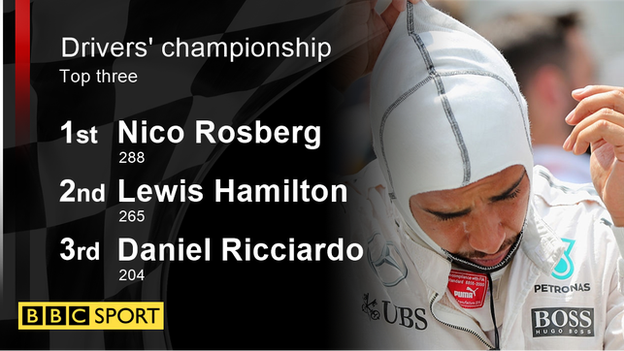
Hamilton will be hoping to make it a hat-trick of wins in Japan. He trails Nico Rosberg by 23 points in the championship with five races remaining
- Published2 October 2016
- Published8 November 2016
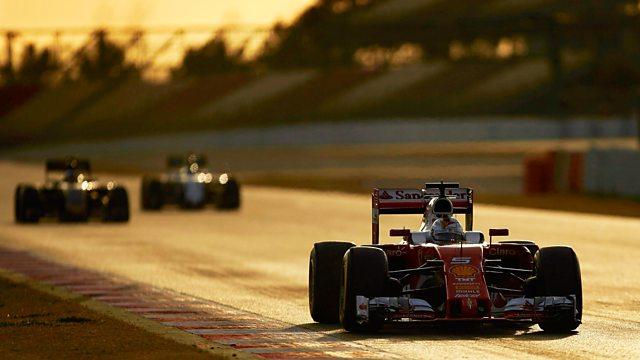
- Published2 October 2016
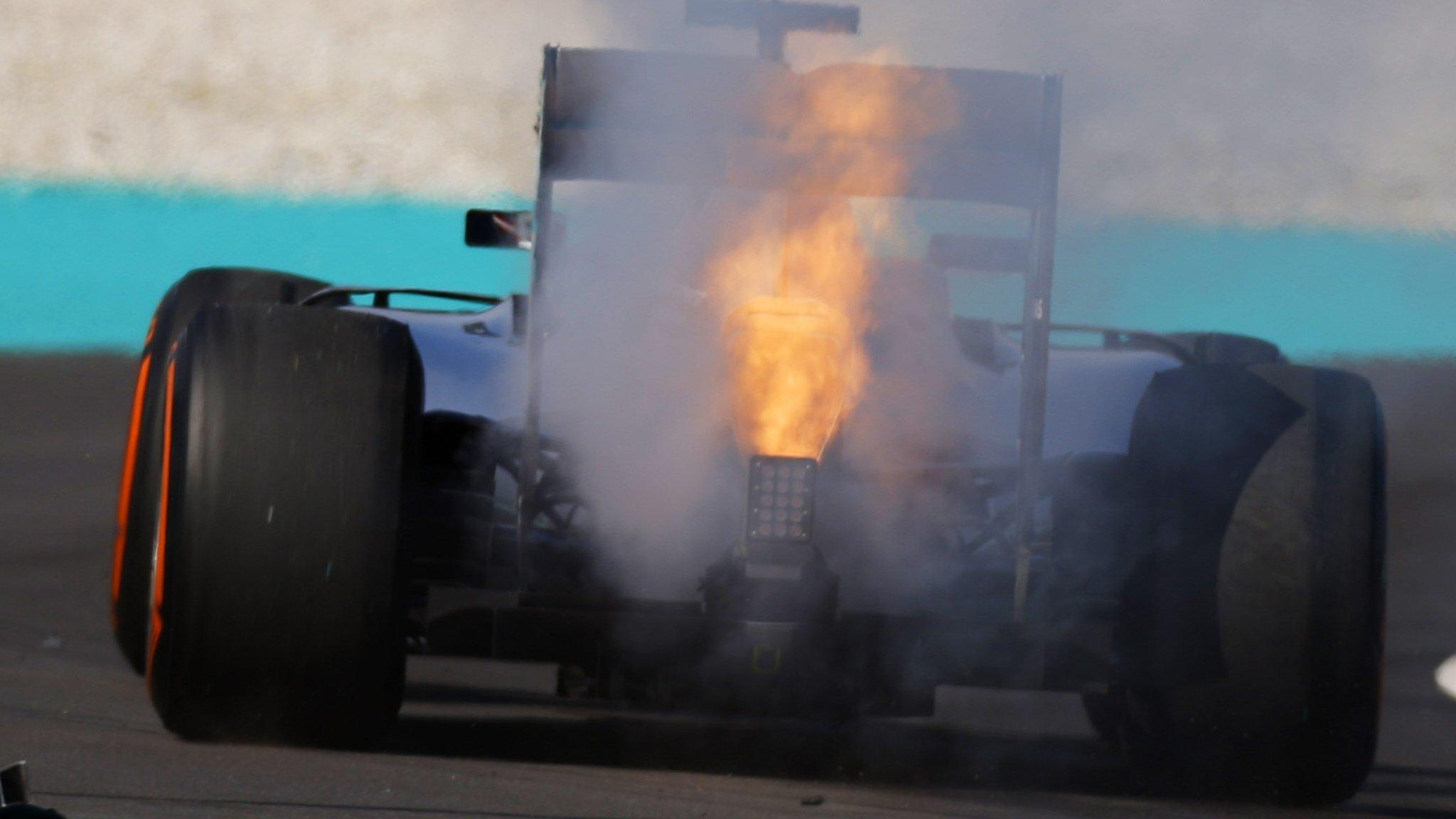
- Published9 October 2016
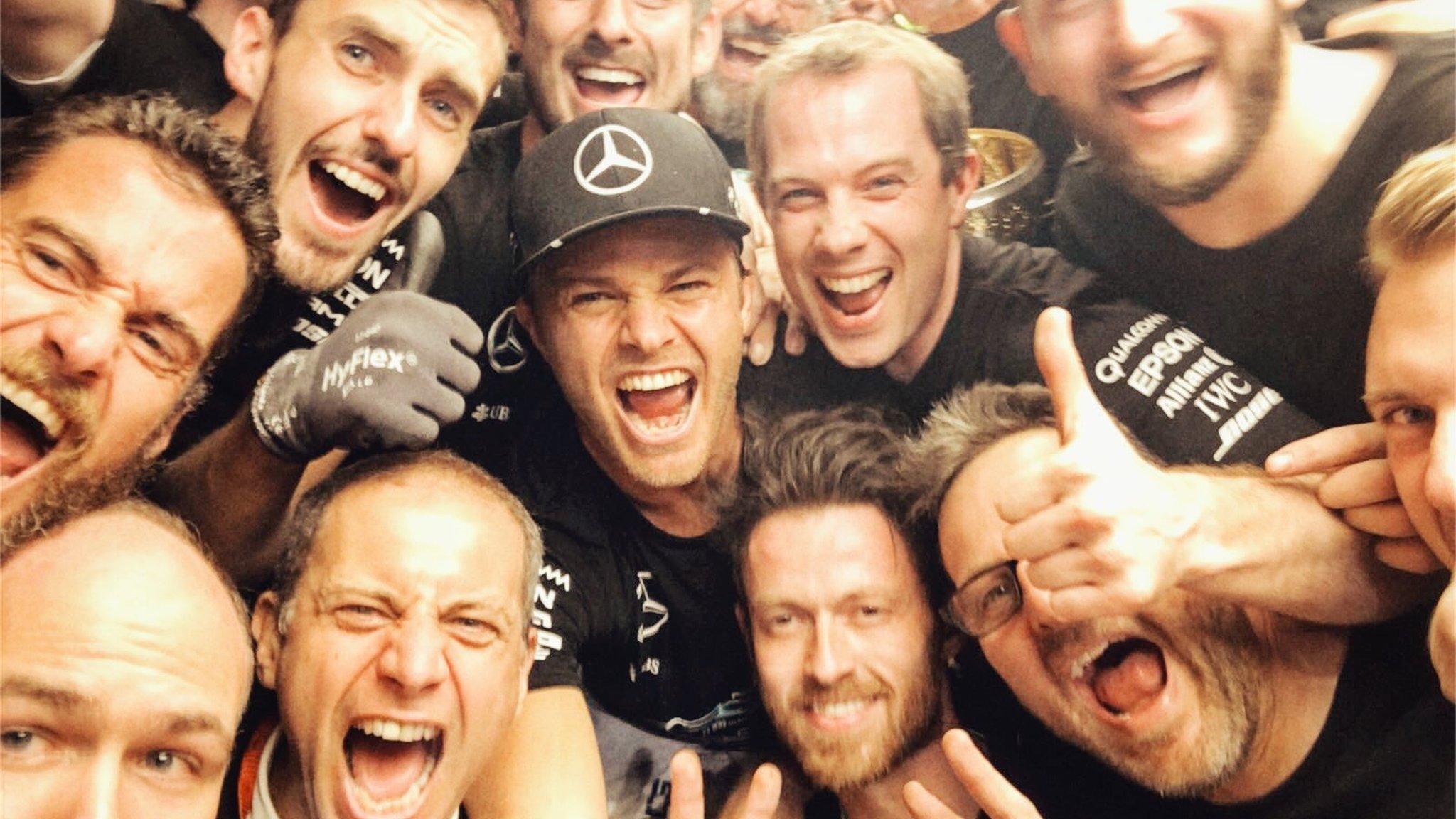
- Published2 October 2016
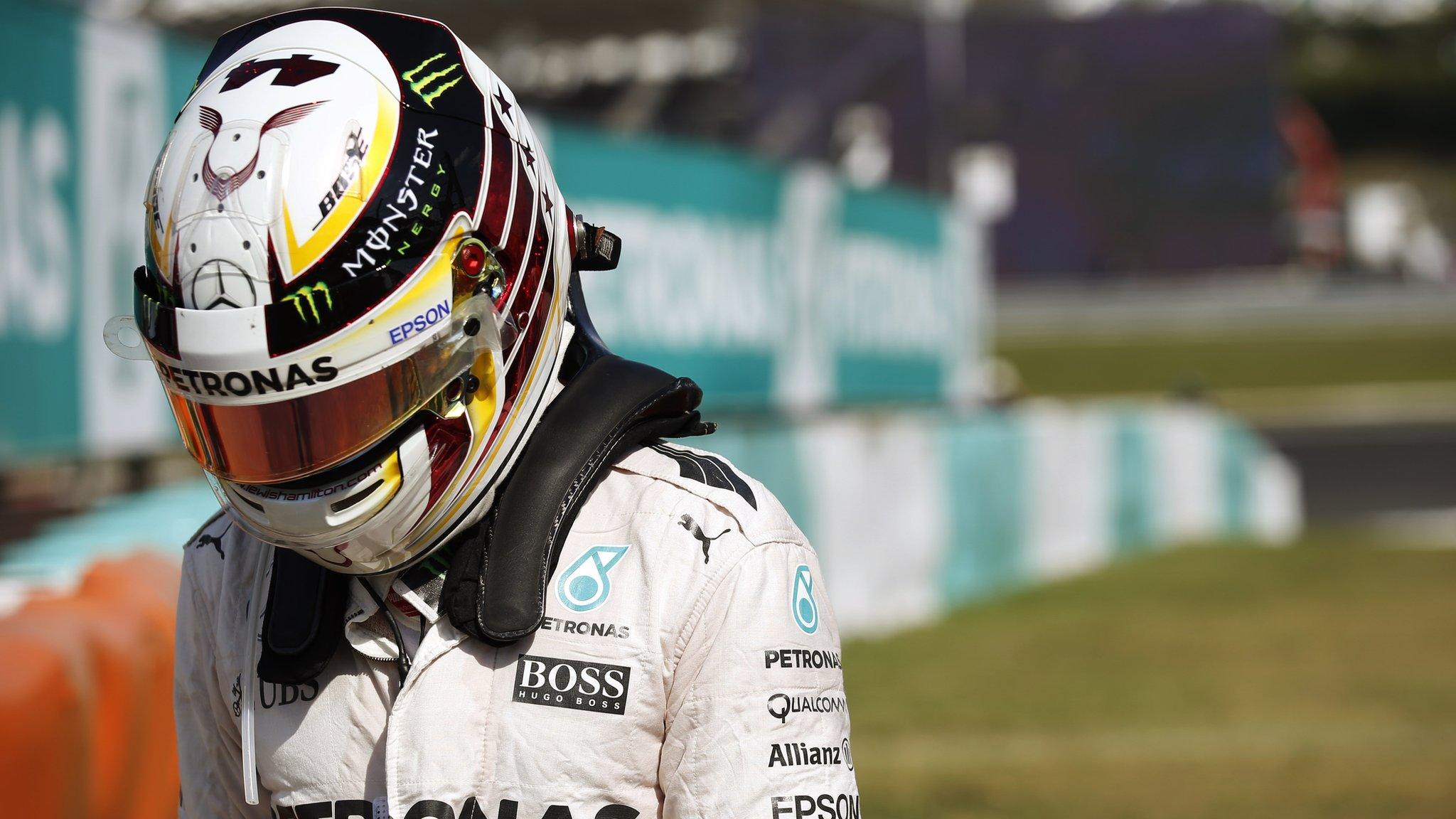
- Published3 October 2016
